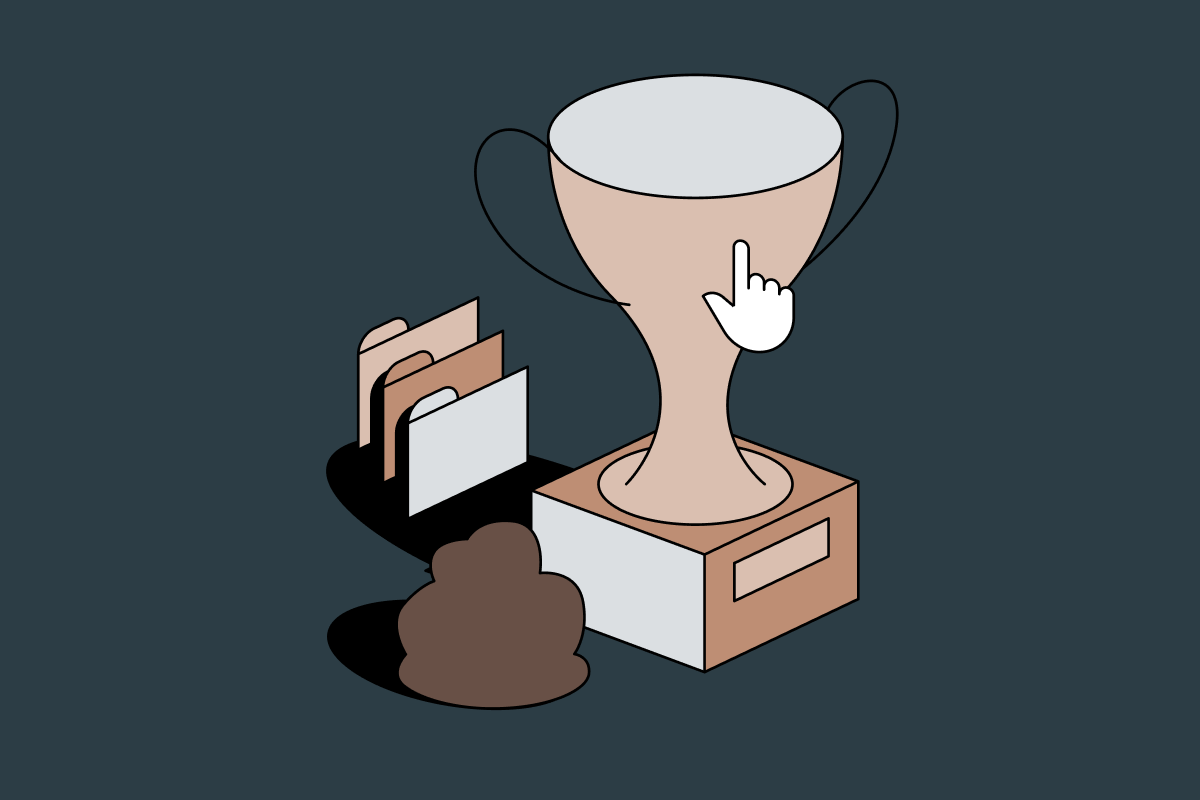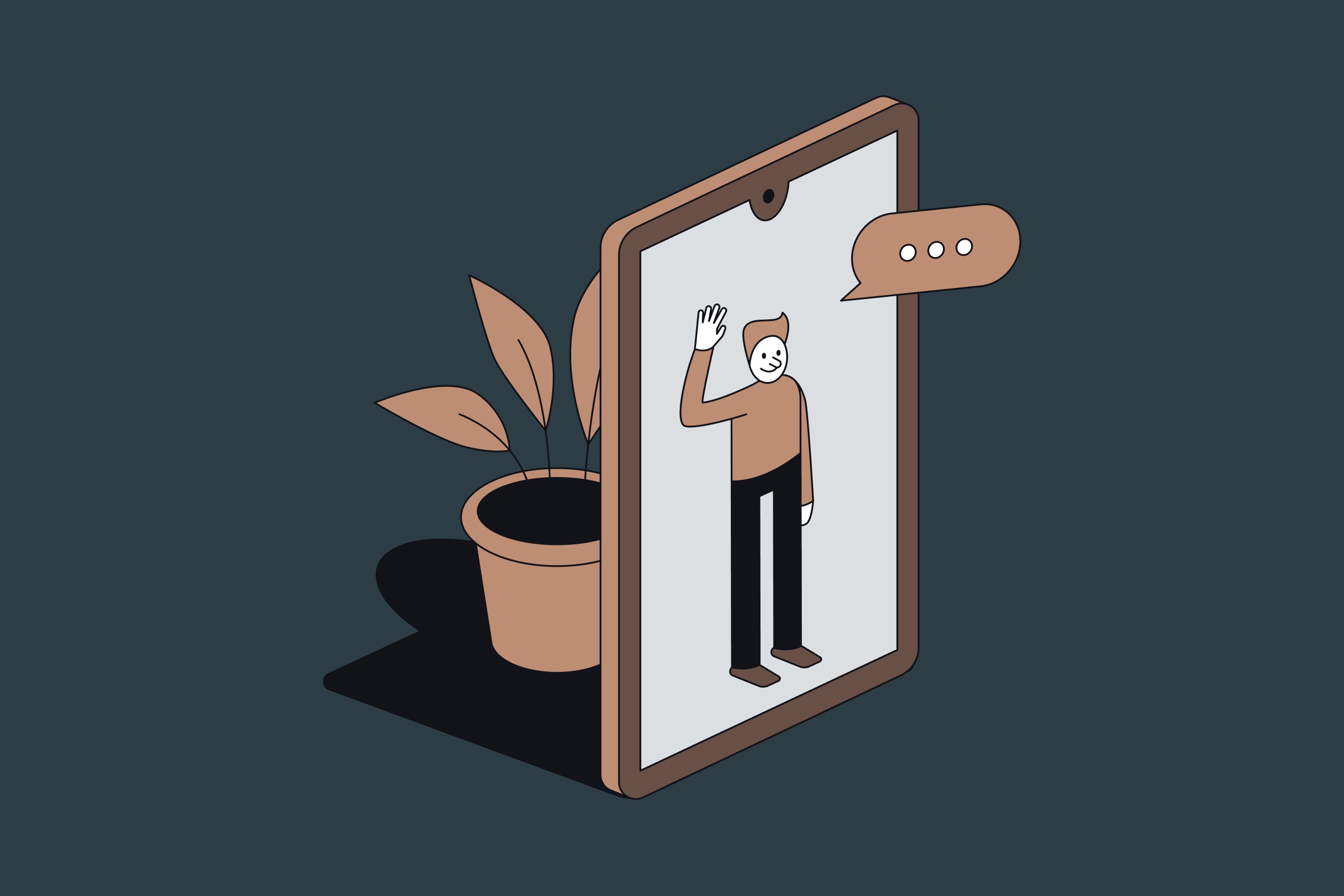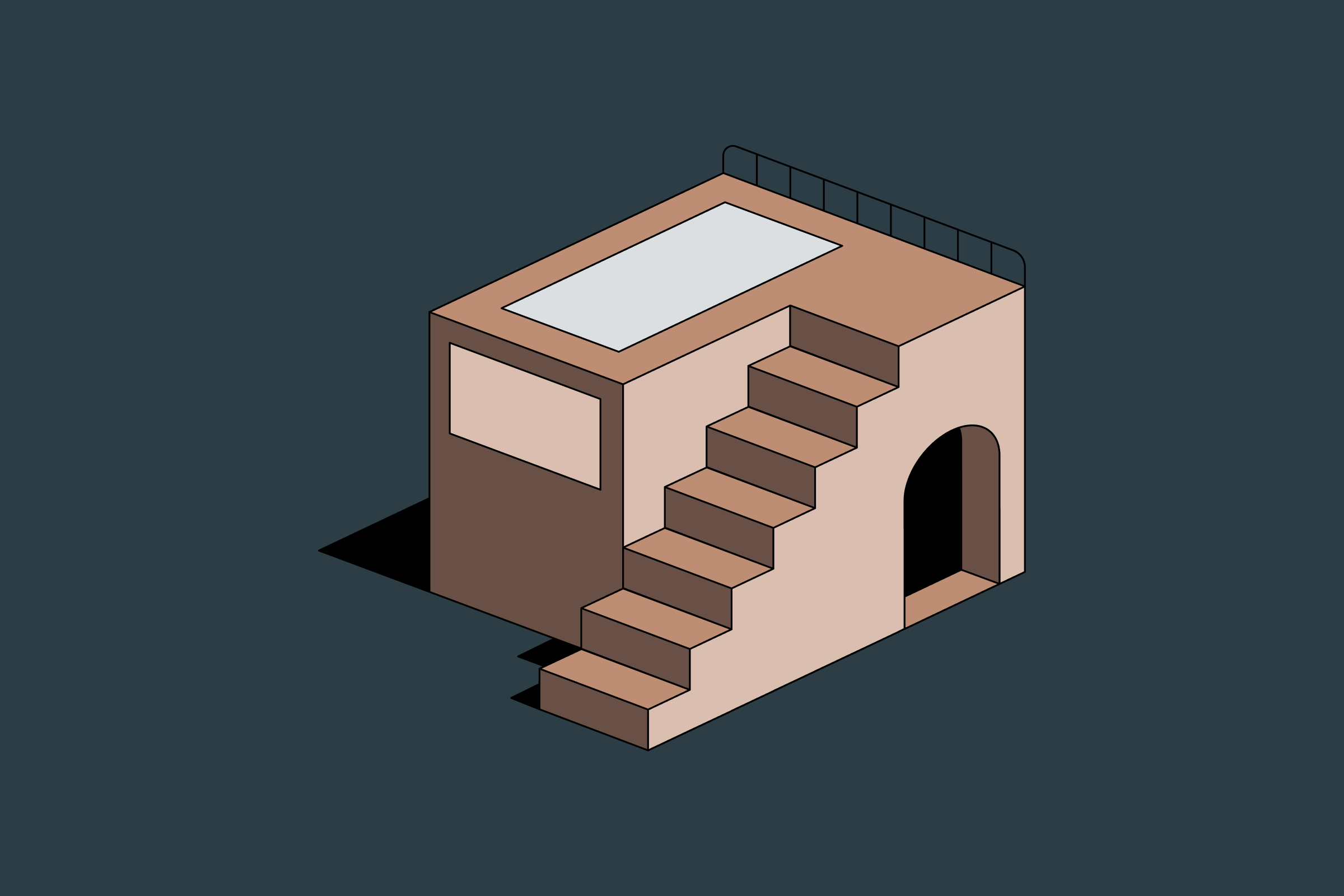Applying for your first job as a UX designer can bring about a mix of emotions. Not to mention how tough it can be when you don’t have experience. I started working in the design field pretty late – when I was 26 years old. I had a degree in Economics, basic coding skills, zero experience in visual arts, and poor knowledge of art. As you can probably guess, I had a hard time looking for my first design job.
Now I work at Netflix as a Lead Product Designer, and judge websites at Awwwards.
While job hunting can feel daunting, remember that every single designer has been where you are right now. So, if you’re feeling a little lost, know that you’re in good company. Every professional has had to start somewhere. Keep reading to find out my top 6 tips for getting your first job as a designer.
Decide if want to be a UX designer
First and foremost, you should figure out if UX Design is a good career option for you. While it is a fun and rewarding field, it also has its challenges. Things like strong competition, tons of communication, and a constant state of uncertainty and limitations. You should start small by watching some free videos and courses to get the vibe. Overview videos like “Day in the life of a UX designer” could also be very helpful.
But most importantly – visit the ADP list to talk to some real entry-level designers that are a few steps ahead of you. They have already landed a job, don’t have tons and experience and most of all– they could tell you a lot about their challenges and share some valuable advice.
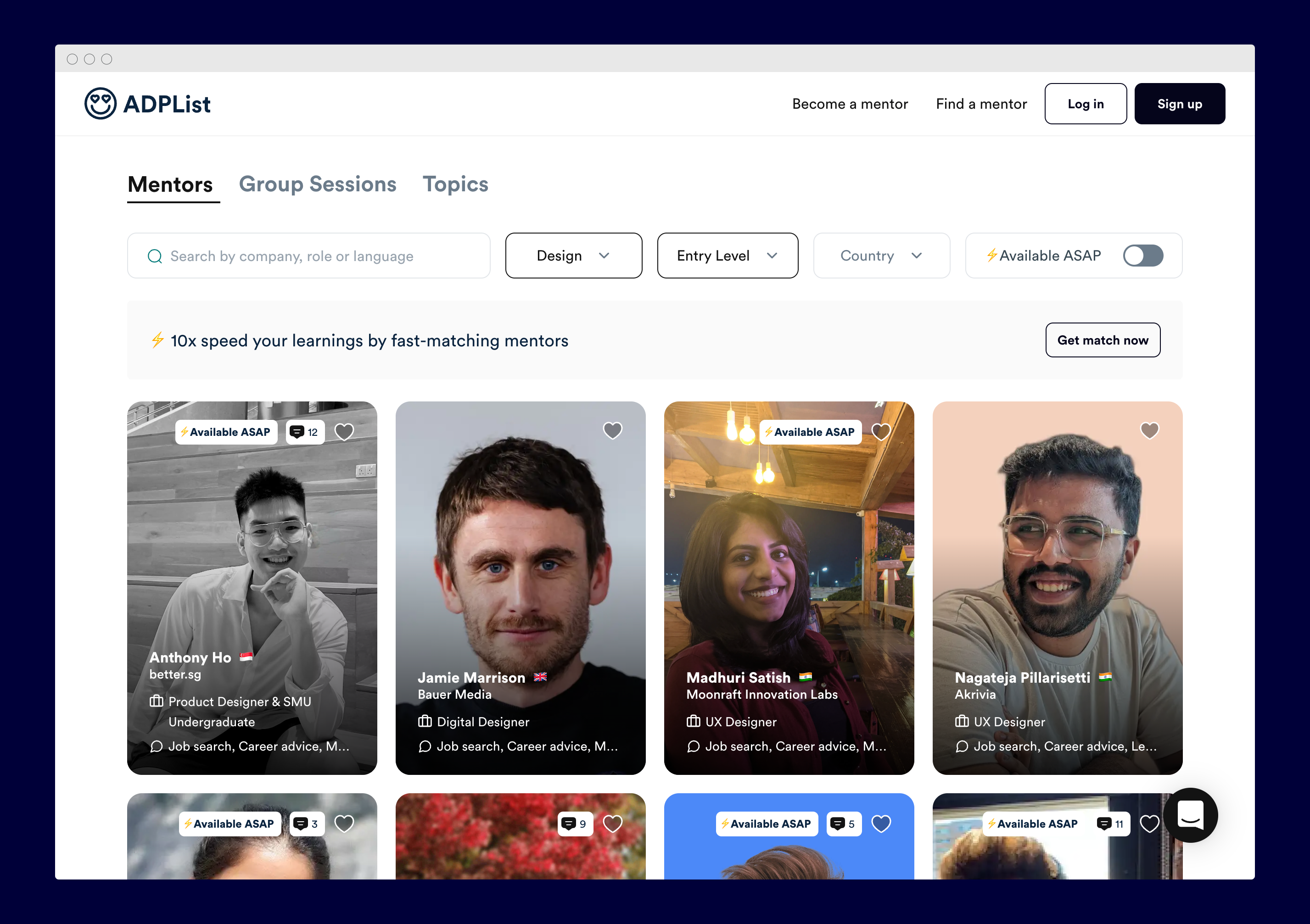
Remember that there are other options in tech: don’t limit yourself to design if you’re not familiar with the other options out there.
Start working
Once you’re certain that you want to work in design, it’s time to start working on your portfolio. When it comes to design, you’ve got to showcase what you can do. If you haven’t already, now’s the time to create something you would be proud to show the world.
As you’re just starting out, you may feel like you don’t have enough work to display on your website. That’s fine! Remember that portfolios don’t only have to contain work you’ve done with relevant clients. You can build your portfolio with projects you’ve created on your own, at university or bootcamp, whatever.
If you feel like the work you have is not enough – you can always volunteer to build something for a non-profit, or your friends, or just redesign your favorite app or service.
The only limitation you have with your portfolio is your personal time. You can always drop some projects off and start a new one to showcase a step up in your design skills. I did this a lot when was working on UI kits – which is also a great way to improve the visual side of your portfolio.

Don’t be scared to make your portfolio stand out. A sure way to get rejected from a design job is by having the same portfolio as everyone else. Create something unique and reflective of your skills.
It is important to note that you should spend enough time on this step, before moving to the next one. The design market landscape is extremely competitive, especially for entry-level positions. If you see gaps and weak elements, especially on the visual side – you should focus on making improvements. Design is never finished. There’s always room to make another iteration that’s better than the last.
For some companies, it could be imperative to see some real-life work to prove that your soft skills are in place and you can successfully work with other people. Again, this is a great opportunity to take up a freelance project, help a non-profit company, or join a part-time project or internship.
Create a portfolio
I suggest using platforms like Dribbble, Behance, or Notion. The first two are social platforms where other designers can see your work and comment – that’s a big plus. Notion is a tool where you can quickly build your portfolio and get a URL to share. Another option is to use Squarespace where you can also buy a domain name.
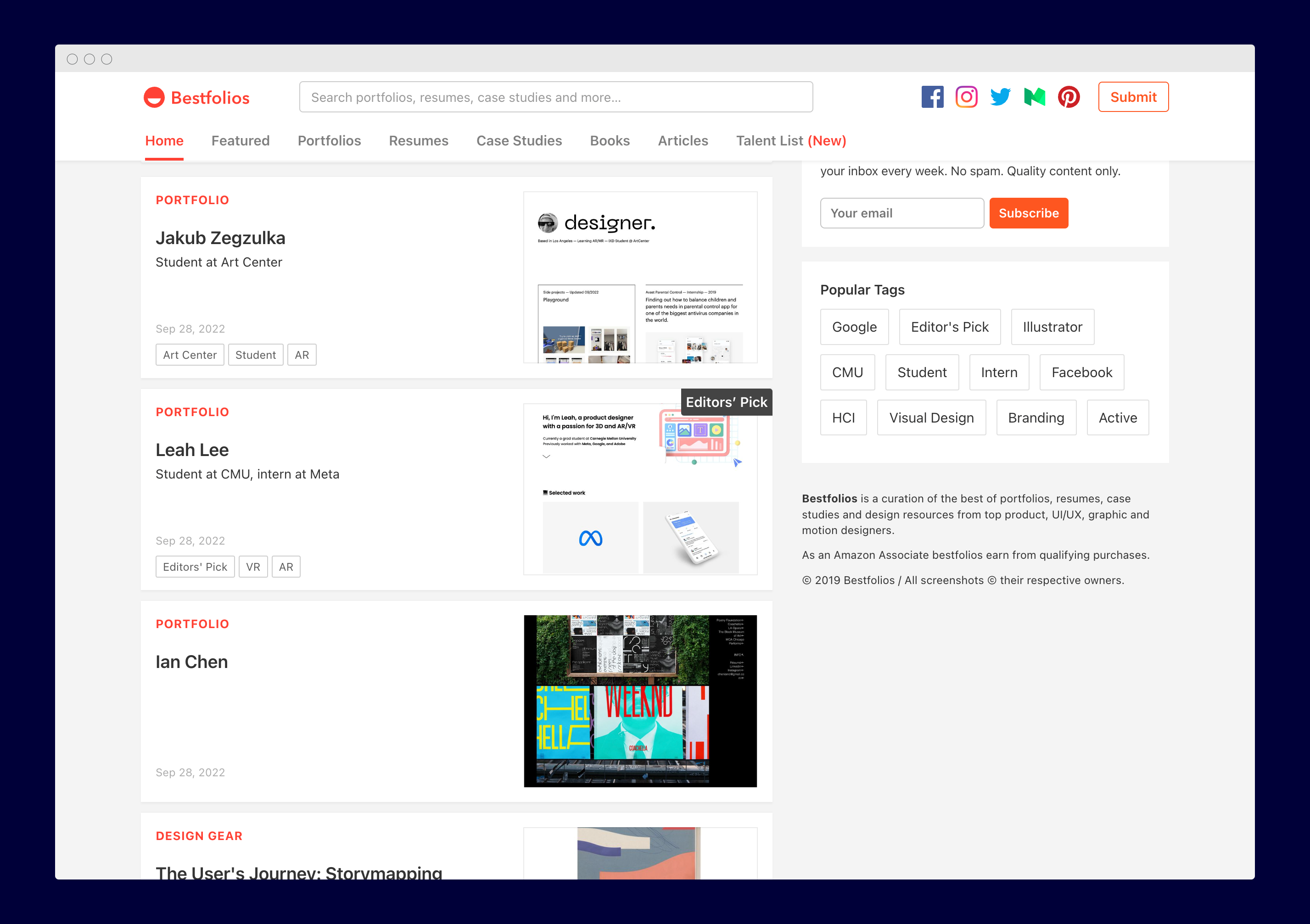
You can find a lot of great portfolio examples on bestfolios.com and cofolios.com – make sure to study them thoroughly. Aside from the actual portfolios and resumes, you can learn a lot about self-presentation and how to market yourself. How to write a short unique pitch that would tell people what you do and what’s unique about you. Ah and don’t stress about making it perfect, you will probably change it many times anyway.

Your pitch is a place where you can show your previous experience if you’re switching to design from other fields. A designer has a lot of responsibilities and a lot of skills could be transferred to this role. Maybe you worked as a project manager or someone who often had to organize people – those are very important parts of a designer’s work. Pretty much anything that makes you stand out and unique should be highlighted in your pitch.
The style of presentation and visuals in your portfolio are very important when appealing to companies. People don’t read much, and hiring managers sometimes will only look at your website for a few seconds - that means you have to have something that catches their eye straight away.
Begin your job search
Once you have a portfolio in place that you feel confident about, it’s time to start hunting for a job.
And the best way to find a job is to treat it like a job on its own. Few people enjoy applying for jobs and creating countless cover letters for various companies. But it’s something you’ve got to do in order to get your foot in the door to land your first job.
There are 2 components aside from your portfolio that you need to prepare for your job search:
- A resume
- A cover letter
A resume
Your resume should ideally be on one page and in a format available to scan text like Doc or PDF.
Focus on design-specific elements that would bring value to the company and team. Don’t list things like Microsoft Word, Slack or Zoom.
Don’t list out soft skills like communication, collaboration – these things say virtually nothing, if you want to highlight these traits, put them with specific examples in the description.
Again, you can find a lot of great resume examples on bestfolios.com and cofolios.com – make sure to study these and spend some time navigating and collecting your favorite examples.
A cover letter
A cover letter is a letter that you send along with your application as an intro and pitch. Your cover letter is the one chance you get to show your personality and why you want the job.
Don’t fall into the trap of simply firing off your resume with the same cover letter you’re sending to everyone. People see through this straight away and rarely give that sort of approach the time of day. Instead, try to customize each of your applications to the company you’re looking to work with. This could be done by highlighting relevant skills and experience important to them.
You should aim to send as many applications as you can on platforms like Indeed for every suitable job position. Find the right balance of quality and quantity and see what works for your market.
Be prepared for rejection and silence
You should be prepared for most of the companies to never get back to you after applying. While this is not fun, the unfortunate reality is that many companies are too busy to get back to all the people who applied for a vacant role.
It can be defeating dealing with rejection, but now’s the time to showcase your character and remain calm. Kindly thank the company or agency for their time and move on to the next application. Just because you weren’t accepted the first time around doesn’t mean you can’t re-apply in a couple of years after getting some experience under your belt!
And if it’s your first job search, expect to receive hundreds of rejections before getting invited to interview.
Tips for the interview
A great way to familiarize yourself with the interview content is to watch Mock interviews. A mock interview, also known as a practice interview, is a simulation of an actual job interview. It’s an ideal way to practice for real job interviews because you are in a situation that mirrors an actual interview with a company.
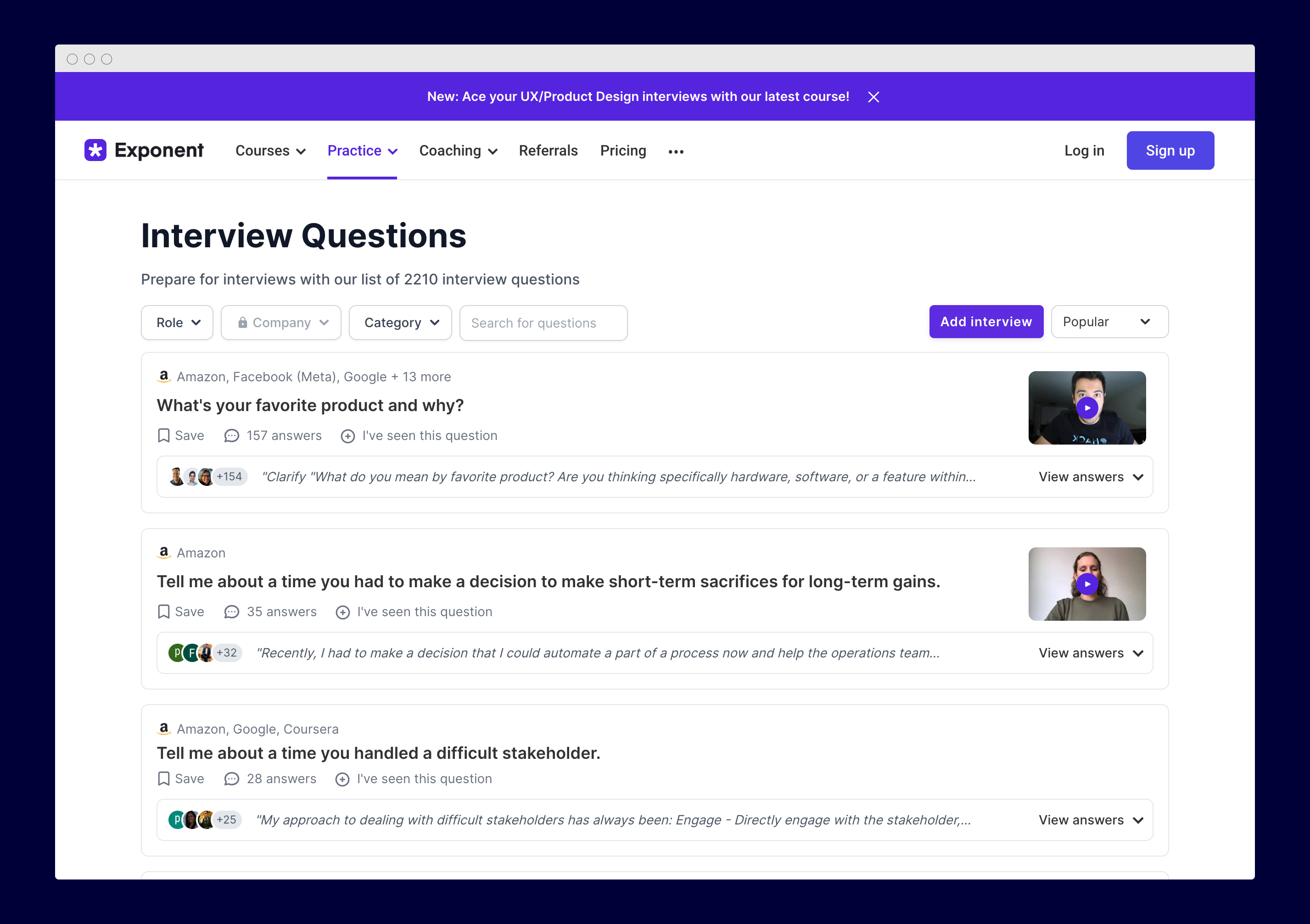
You can also practice Mock interviews, but there are not a lot of options for designers yet.
Another tip is to accept every interview even if you don’t want to score an offer. It’s helpful to get as much practice as you can get. More importantly, after each interview, you’ll find out what types of questions people ask you and what you should improve on with your portfolio or overall approach.
Learn as much as you can about the company you’re applying to. Think of genuine reasons why you would add value to their team. Simple statements such as “I’m a team player” or “I have a strong work ethic” don’t exactly stand out anymore. Be clear about who you are and why you want to work at the place you’re applying to.
Ask questions about the job and company, who are they looking for, what’s the goal for this position, and what they expect a person to be doing for the next year or two. Something that signals that you’re interested in the company and position. It would also give you a lot of context which you can use for your pitch or resume.
Be attentive, respectful, and ready to show your best work.
While the job application process can feel grueling and defeating, always remember to keep a positive “can-do” attitude and keep putting yourself out there. Make your portfolio stand out from your competition and create cover letters that are authentic and tailored specifically for the company you’re applying to. While the process may take some time, you’ll soon get that long-awaited email offering you your first design job.
Please let me know in the comments if you agree with the tips I’ve listed or if you have any other advice for people looking for their first real job.

